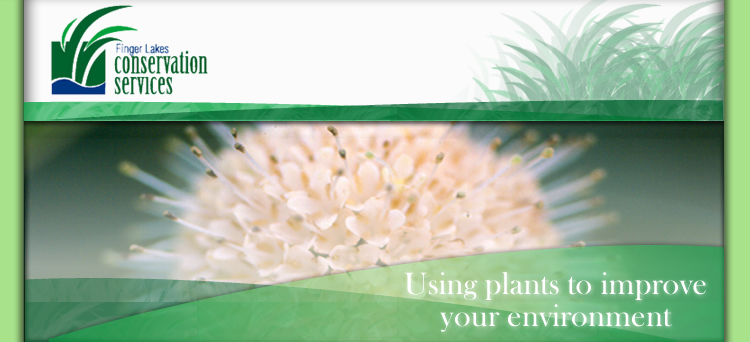FROM
OUR STATE REGISTERED NURSERY:
NATIVE LEGUME, WILDFLOWER SEED, and GRASS SEED
A. Baptisia australis B.
Lobelia cardinalis C. Eupatorium maculatum
D. Baptisia leucantha E. Baptisia
leucophaea F. Sorghastrum nutans
Basic planting considerations
for native wildflowers, and warm season grasses:
First the wildflowers. The native
perennial, grassland wildflower species have several planting
considerations in common. 1.) They are relatively slow to develop
into mature, full sized plants, often taking two or three years
from seed. 2.) They have seed dormancies that delay germination
(a natural defense against bad weather and dis-advantageous fall
germination. 3.) They tend to germinate and grow after the soil
has warmed in the spring. 4.) They germinate and grow best in
mineral soil, not organic duff. 5.) They prefer full sun and
exposure to wind. 6.) They do not require fertilizer on most
sites.
Though the baptisia species are
legumes, we have not found that inoculation with specific bacteria
has been necessary on common soil in the Northeast. Baptisia
are upland species and perform best on soils that dry out during
dry weather. Lobelia and Eupatorium are wetland species and perform
best on soils that remain moist during dry weather.
Seed should be fall planted or stored
in the freezer for 60 days prior to planting in the spring to
overcome the seed dormancy. Plant the baptisia and eupatorium
about ¼ inch deep in weed free soil. The lobelia is tiny
dust-like seed and should be surface planted in weed free soil.
The lobelia and eupatorium must be kept moist throughout the
germination period. For landscaping purposes we recommend planting
the seed in plastic pots of a soil-peat mix, then transplanting
to the desired location in mid summer. Water as needed for the
first month, then allow the soil to dry where baptisia species
are planted.
Native warm season grass, including
sorghastrum. Native warm season grasses are being used as specimen
plants in the landscape as well as in prairie plantings. Sorghastrum
nutans, or indiangrass, is perhaps the most attractive of the
tall species and prefers soil that dries out during the summer.
Dormancy is usually not a problem
with sorghastrum, but for landscape plants we recommend early
planting in March in plastic pots of mineral soil. Plant the
seed ¼ inch deep, and place the pots outside where they
will be exposed to fluctuating temperatures including freezing
temps. The indiangrass seed will germinate in May or June depending
on season and relative warmth of the spot where the pots are
located. Transplant the seedlings to the desired location by
early August. Keep the soil moist for the first month with occasional
watering.





